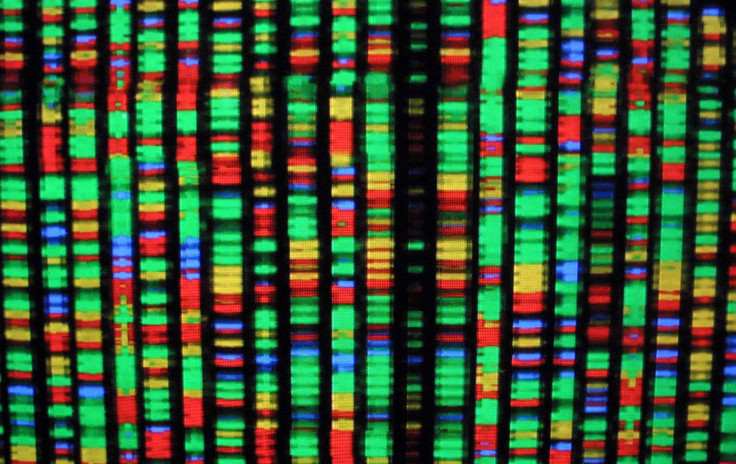DNA’S Dynamic Nature Makes It The Blueprint For Life, New Study Finds

Once considered the most essential building block of life, the RNA was replaced by DNA as the main repository of genetic information. A new study published Monday attempts to explain why that happened.
The dynamic nature of the DNA double helix that maintains the stability of the genome forms the basis of the research. The double helix consists of two long strands with four chemical building blocks, called bases, each containing rings of carbon along with configurations of nitrogen, oxygen, and hydrogen, making up the steps that join the two strands of the double helix.
“There is an amazing complexity built into these simple beautiful structures, whole new layers or dimensions that we have been blinded to because we didn’t have the tools to see them, until now,” Hashim M. Al-Hashimi, senior author of the study and professor of biochemistry at Duke University School of Medicine, said.
According to Al-Hashimi, the Hoogsteen base pair — discovered by biochemist Karst Hoogsteen in the 1959 — is what sets DNA apart from RNA. Until recently, the base pair was difficult to see under a microscope and was seen only on rare occasions but in 2011, the Duke professor and his team took a look at DNA molecules using a nuclear magnetic resonance (NMR) machine, allowing them to visualize movement at a molecular level.
The researchers found that the nucleic acid base pairs making up the steps of DNA’s spiral staircase are continuously shape-shifting. Even though connected in the way described by James Watson and Francis Crick in 1953 at most times, at any given moment, about 1 percent of all base pairs form a Hoogsteen pair, where one base rotates 180 degrees relative to the other.
The Hoogsteen base pairs typically show up when DNA is acted upon by a protein or damaged by chemical insults, according to Al-Hashimi. When released from the protein, or when the damage to the bases is repaired, the DNA goes back to its more regular pairing.
“DNA seems to use these Hoogsteen base pairs to add another dimension to its structure, morphing into different shapes to achieve added functionality inside the cell,” said Al-Hashimi, in a press release.
Following this, the team attempted to carry out a similar experiment with RNA, which also has a helical structure. A methyl group (one carbon atom bonded to three hydrogen atoms) was added to a strand of RNA and observed.
“It was like dropping a nuclear bomb on the helix,” the Washington Post reported Al-Hashimi saying. “Literally the whole helix started to unravel.”
Unable to form Hoogsteen pairs, the RNA molecules fall apart. It was deduced the Hoogsteen base pairs were not formed because RNA’s double helical structure (referred to as A-form) is more compressed than DNA’s (B-form) structure.
“If our genomes were made up of RNA, there’s a very good chance that they wouldn’t be able to sustain chemical damage that’s inflicted on them all the time,” Al-Hashimi said. “It seems like DNA’s ability to absorb damage is one reason why we evolved DNA-based genomes.”
“For something as fundamental as the double helix, it is amazing that we are discovering these basic properties so late in the game,” said Al-Hashimi in the statement. “We need to continue to zoom in to obtain a deeper understanding regarding these basic molecules of life.”
The study was published Monday in the journal Nature Structural and Molecular Biology.
© Copyright IBTimes 2024. All rights reserved.












